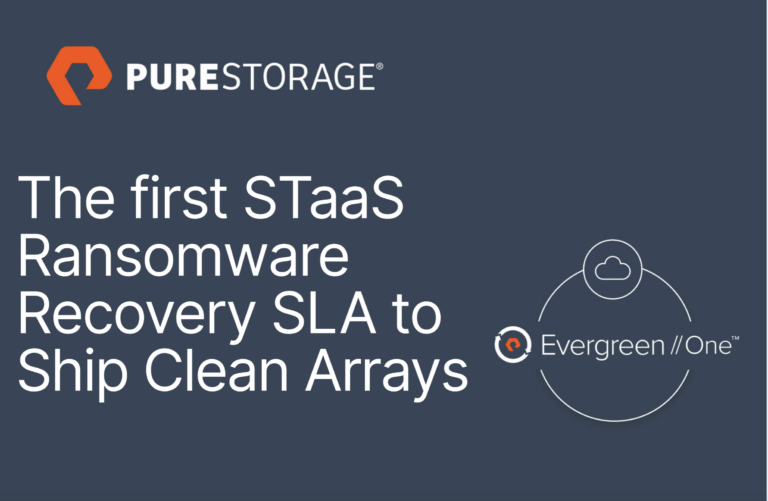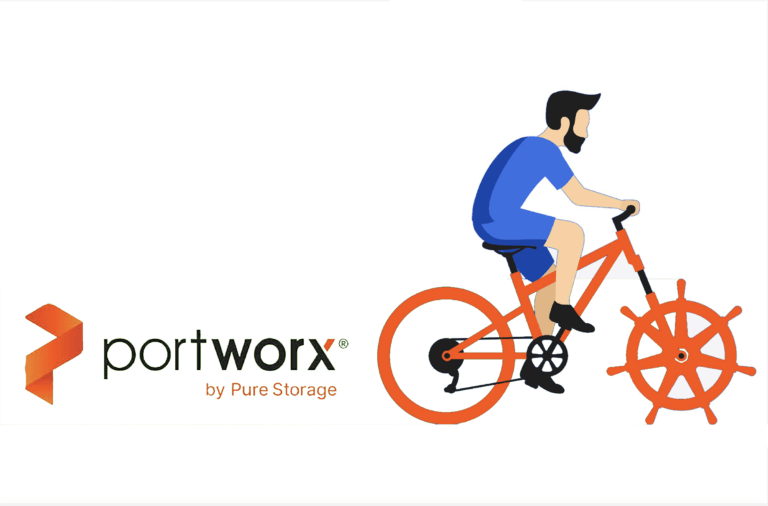You don’t have to be a science-fiction nerd to be fascinated by developments in artificial intelligence (AI). Advances in technology are enabling AI systems and models to be so complex that they can perform many tasks better than a human can. But this isn’t a discourse on whether machines will replace humans. I want to address what many CIOs are pondering: Where does AI fit in my digital transformation roadmap?
You may be wondering why an enterprise data storage company like Pure Storage® is talking about AI. It’s because AI systems love data. The more data an AI system has and the faster it can analyse that data, the smarter and more accurate it becomes. We also know that a lot of real-world data that is being fed into AI systems is unstructured data. This includes images, videos, and audio files.
Pure has built one of the fastest storage systems for managing unstructured data.
Pure FlashBlade® is the industry’s leading unified fast file and object platform. It can handle tens of billions of files and objects at maximum performance while maintaining a rich set of data services. Nanyang Technological University (NTU) in Singapore, for example, is using FlashBlade to fulfill the increasing demand for supercomputing resources at its High Performance Computing Centre. The all-flash storage infrastructure has helped NTU researchers tackle more peta-scale data analyses while reducing energy usage and overall environmental impact.
Three years ago, in collaboration with NVIDIA, Pure launched AIRI®, the first full-stack AI-ready infrastructure. AIRI enables you to quickly deploy an AI system, combining FlashBlade with NVIDIA DGX A100 systems and Mellanox 100Gb Ethernet switches with RDMA.
The platform was recently named the “Best AI Solution for Big Data” in the 2021 Artificial Intelligence Breakthrough Awards. Taiwan’s Chang Gung Memorial Hospital (CGMH) uses AIRI in its Center for Artificial Intelligence in Medicine to advance clinical processes for its network of hospitals across the country.
But not all enterprises require AI for supercomputing resources or advanced medical research. One area where enterprise CIOs can deploy AI is in IT operations. Called AIOps, it’s the application of advanced analytics to big data to automate IT operations. One benefit of AIOps is creating predictive outcomes that help drive faster root-cause analysis (RCA) and accelerate mean time to repair (MTTR).
The Pure1 VM Analytics tool allows me to look at a VM and see the storage path and know exactly what’s happening. Steve Culy, Navis LLC
In fact, Pure customers are already benefiting from AIOps with Pure1®, the management platform for all Pure solutions. Pure1 uses AI to provide full-stack monitoring with predictive analysis and support. Pure1 provides a simple single view for you to monitor, analyze, and optimize your storage from anywhere in the world. It also helps you see into the future by predicting requirements based on the workloads you’re currently running.
For example, Navis LLC leverages Pure1’s advanced, proactive tools to minimize the demands of storage management. The company provides software to the world’s leading terminal operators and ocean carriers, including more than 60% of the world’s major ports. “The Pure1 VM Analytics tool allows me to look at a VM and see the storage path and know exactly what’s happening. It tells you what the host is doing, what the VM is doing, and what the storage is doing,” says Steve Culy, senior systems engineer. As a result, Culy and the Navis team have visibility into any problems that may arise and can resolve them quickly.
Pure will continue to build AI into our solutions to help simplify data management, even as data continues to grow exponentially. For us, it’s all about reliability, availability, and scalability. And making things easier for our customers. The greatest impact of having Pure Storage “is the ability to go off and do other things,” according to Culy. “I don’t have to worry about storage anymore.” And with AI-powered Pure1 keeping an eye on your storage, you won’t have to either.
![]()






